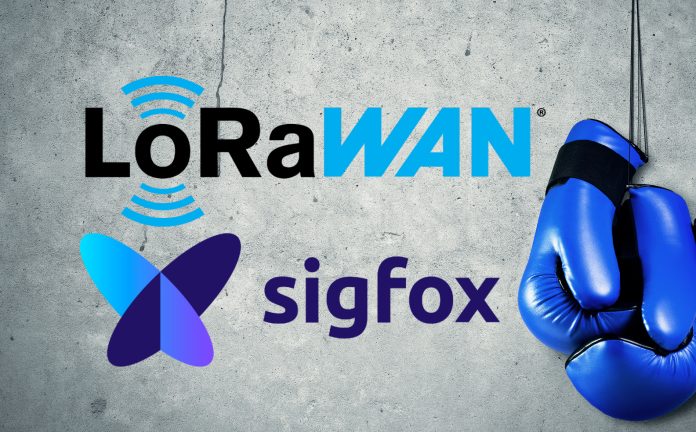After years of fierce rivalry, stretching back to the early days of IoT in France, spilling over into open hostility in recent years as the fabled IoT market has struggled for ‘massive’ scale, has the time come, finally, for Sigfox and LoRaWAN to bury the hatchet? After all the baiting and bitching, born out of over-familiarity and mutual respect, is it time even for these two, as the kings of low-power wide-area (LPWA) networking, to buddy-up even?
Some say so; among them, Henri Bong, co-founder and chief executive at Taiwan-based Sigfox operator and IoT development house UnaBiz, responsible for some of the largest metering and tracking deals in the market. He is at once tight lipped, and effusive. “I can’t say what is happening between these two ecosystems. I can only speak on behalf of UnaBiz. But I do expect, and I do see, a future where LoRaWAN and Sigfox work together,” he says.
It is hardly surprising; logic says these twin technologies, which have propped up much of the IoT market (as it was originally defined, as an internet-connected sprawl of low-level sensor ‘things’) to date, and which appear perfectly complementary in their their jig-sawing of it, would do well together, especially when twinned against the well-heeled cellular industry. “The weaknesses of each one are the strengths of the other,” reflects Bong.

But such is the enmity between the two sides that it is still a shock to hear someone actually say it; that, yes, just maybe, theirs are ties that bind, and that they should just ‘work it out’ — that despite all the bad blood, their similarities unite them and their differences make them stronger against a common adversary. The fact such a heavyweight, from either side, is ready to go ‘on record’ suggests something is happening behind the scenes.
Bong will not be drawn. Is there a future, really, where these two sides work alongside each other? He repeats that he will not speak for Semtech or Sigfox, which hold the cards. But, he has a direct line into Sigfox, itself, and a close relationship with the LoRaWAN community, at large. He has also assumed a leadership role among Sigfox operators, licensed to run narrowband networks in international markets. “I am not the only one to believe,” he says.
With little fanfare (and not alone), Bong has helped to organise more than two dozen Sigfox operators across the world into a formal ‘0G United Nations’ (0GUN), running with the Zero-G branding Sigfox has adopted to capture its position as a backup tech for all the other cellular-Gs, and borrowing from the vibrant ecosystem model established by the LoRa Alliance. “We think, one day, Sigfox base stations will be able to receive LoRa modules, based on the same frequency.”
He adds: “We believe we can work together to build this LPWAN world.” But who are ‘we’, exactly, apart from the 0GUN alliance of Sigfox operators? Which companies among the LoRaWAN set think this way? Enterprise IoT Insights will do the rounds, and follow up separately, including with Semtech and Sigfox. Speculatively, it would chime with previous statements if The Things Network (TTN), the influential Amsterdam-based LoRaWAN collective, was on board.
On and off record, TTN is about the only one in the LoRa firmament to ever reflect cheerfully about Sigfox; its line last time out was only that the “design process” matters most, and should flex to the problem – and, basically, that emotionally-charged herd affinities should be left in stadiums and arenas, and kept away from the cold light of executive boardrooms and bright light of developer workshops. “It is not about LoRaWAN versus Sigfox anymore,” the message went. We are due to catch up with TTN next week.
In the meantime, the story is Bong’s to tell. “The problem is Sigfox and LoRa are fighting for nothing,” he says. “They are fighting for a pie that is getting smaller [in percentage terms] everyday – because of the cellular world, which is backed by all the giants of the industry. Suddenly, these two camps have realised what is in front of them – all the cellular industry, lined up against a bunch of small disruptors, promoting ultra low-cost IoT. So we hope – I hope – for some synergies.
“Because I can see them.”
To be continued…

